Die Cutting Explained
Die-cutting is a manufacturing process that involves cutting a material into a specific shape or design using a die, which is a specialized tool made of steel or another durable material. The die is created to match the exact shape or design that you want for your product.
What is Die Cutting
In the world of printing, die cutting provides a quick and inexpensive way of cutting lots of printed items into identical shapes, including foamex boards.
Your design is printed on a foamex board, then placed in a machine which has been loaded with a custom-made ‘die’ or ‘punch block’ (a block of wood with a metal blade, bent and folded into the desired shape).
When the machine presses the foamex board and the die together, it cuts out the shape of the blade into the foamex board in an instant. This method is commonly used to create custom-shaped foamex boards for a variety of applications.
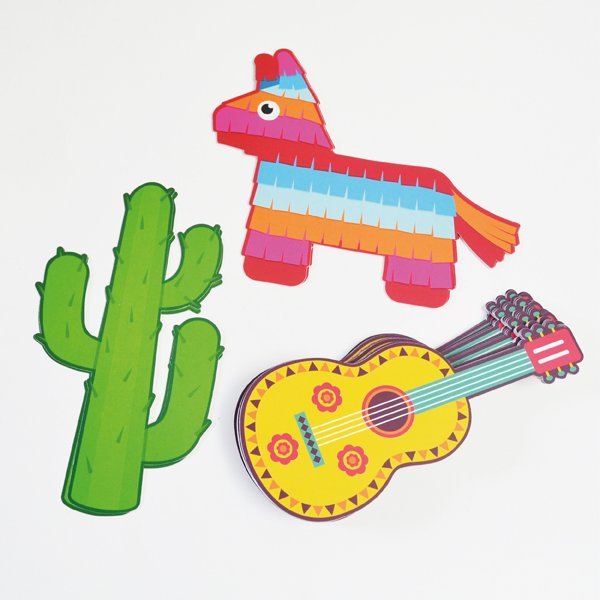
Die cutting is for more than just eye catching custom shaped flyers however, it also helps create the more functional aspects of printed products such as pockets and flaps on folders and boxes plus the curves, circles and intricate interlocking elements on our speciality print.
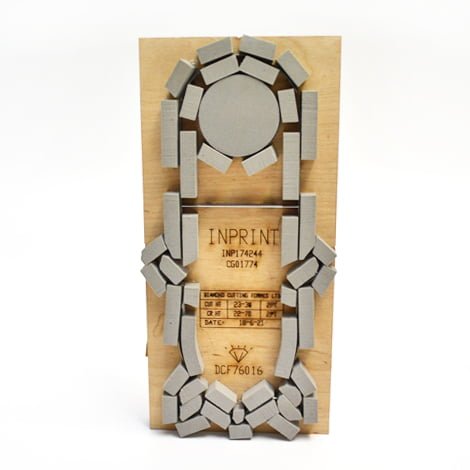
Die cut block
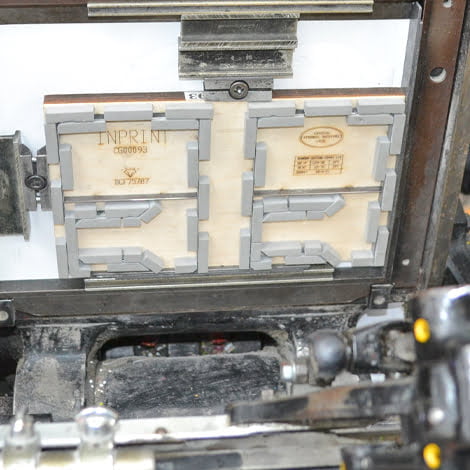
Block mounted on platten
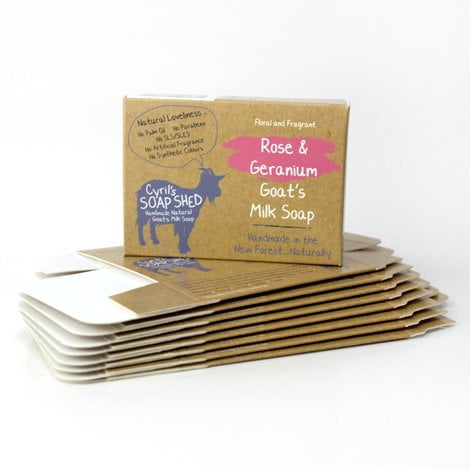
Custom cut boxes
Why is die-cutting beneficial?
Die-cutting is a quick and cost-effective method to create identical shapes for printed products. Using a custom-made ‘die’ or ‘punch block’, the design is printed on a material such as foamex board and then placed in a machine. When the machine presses the printed sheet and the die together, it instantly cuts out the desired shape. Unlike using a digital cutter, die-cutting eliminates the need to slowly cut around every curve and corner, allowing for faster and more efficient production. The die can be reused to produce hundreds of custom-shaped foamex board products.
Which materials can be die-cut?
It is important to note that die-cutting has certain limitations when it comes to paper weight. The minimum paper weight that can be die-cut is 170gsm (approx 140micron), while the maximum is 500gsm (approx 600micron). Microns are used to measure the thickness of the material in thousandths of a millimetre.
What about foamboard, correx and dibond?
Thicker and more rigid large format materials such as foamex board will require digital die cutting instead. Digital cutting uses a blade that follows a computer-generated path to create the desired shape, as opposed to physical dies used in traditional die-cutting.
A digital cutting machine typically consists of a flat table area and a set of cutting, milling, and scoring attachments mounted on an arm that can move in various directions. The printed foamex board sheet is placed on the table, and the cutting arm moves across the sheet along the programmed path to precisely cut out the required shape.
Digital die cut paper and card
Recent advancements in technology have led to the development of “die-free” cutting, which can produce excellent results on various paper and card weights. Unlike traditional die cutting, this method does not require an expensive die block, reducing both production costs and time. While die-free cutting may not be able to match the output volume of traditional die cutting, it is perfect for lower print runs or prototypes for larger die cutting formes. Digital die cutting, which uses a blade following a computer-programmed path, is one example of die-free cutting that allows for precise and efficient cutting of materials.
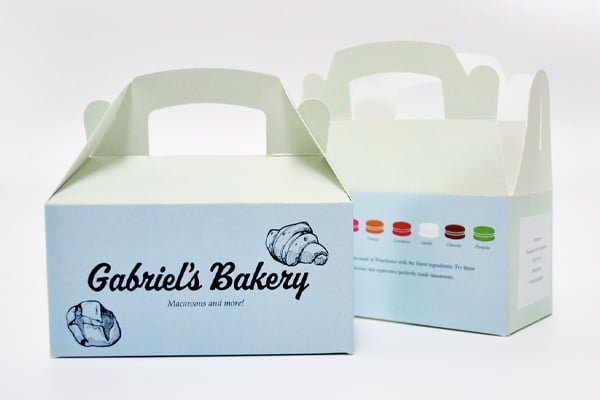
Digitally cut cake box
If you have any more questions about die cutting, traditional or digital call us on 023 8087 8037 or email us.